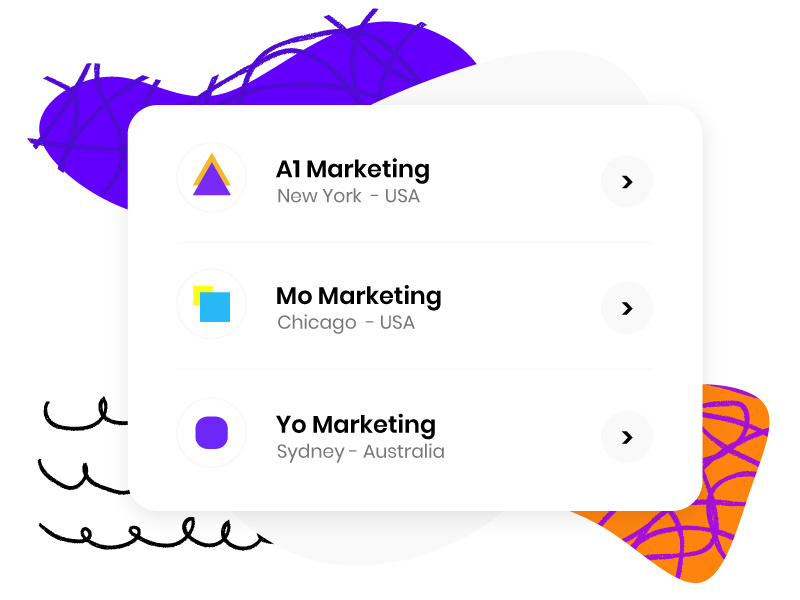
In today’s unpredictable economy, many people struggle with bad credit and low income, making it difficult to secure loans when they need them most. Whether you’re facing medical emergencies, unexpected car repairs, or simply trying to make ends meet, traditional lenders often turn you away if your credit score is below 600 or your income doesn’t meet their strict requirements.
But don’t lose hope—there are still ways to get a loan even with these challenges. This guide will walk you through practical strategies, alternative lenders, and smart financial moves to improve your chances of approval.
Understanding Your Financial Situation
Before applying for any loan, it’s crucial to assess your financial health.
Check Your Credit Score
Even if you have bad credit, knowing your exact score helps you understand which lenders might consider your application. You can get a free credit report from AnnualCreditReport.com or use services like Credit Karma.
Calculate Your Debt-to-Income Ratio (DTI)
Lenders often look at your DTI to determine if you can handle additional debt. To calculate it:
1. Add up all your monthly debt payments (rent, car loans, credit cards, etc.).
2. Divide that by your gross monthly income.
3. Multiply by 100 to get a percentage.
A DTI below 36% is ideal, but some lenders may accept up to 50% for high-risk borrowers.
Loan Options for Bad Credit and Low Income
1. Secured Loans
If you own an asset (like a car or savings account), you can use it as collateral for a secured loan. These loans are easier to get because the lender has less risk.
- Car Title Loans – Use your vehicle as collateral, but be cautious—high interest rates and repossession risks exist.
- Pawn Shop Loans – Quick cash by pawning valuables, but repayment terms are strict.
- Secured Credit Cards – These require a deposit but can help rebuild credit.
2. Payday Alternative Loans (PALs)
Offered by some credit unions, PALs are small, short-term loans with lower interest rates than traditional payday loans.
- Loan amounts: $200–$1,000
- Repayment terms: 1–6 months
- Requirements: Credit union membership (often easy to join)
3. Peer-to-Peer (P2P) Lending
Platforms like LendingClub and Prosper connect borrowers with individual investors. Approval depends on your credit profile, but some lenders specialize in bad credit loans.
- Pros: Competitive rates, flexible terms
- Cons: Fees may apply, and approval isn’t guaranteed
4. Co-Signer Loans
If you have a friend or family member with good credit, they can co-sign your loan. This improves approval odds and may lower interest rates.
- Risk: If you default, the co-signer is responsible for repayment.
- Tip: Only use this option if you’re confident in repayment.
5. Government and Nonprofit Assistance
Some programs help low-income individuals with loans or grants:
- Small Business Administration (SBA) Microloans – For entrepreneurs needing up to $50,000.
- Local nonprofits – Many offer emergency loans or financial counseling.
Improving Your Approval Chances
Build Credit Fast
- Credit-Builder Loans – Some banks and credit unions offer loans designed to improve credit. You make payments first, then receive the funds at the end.
- Become an Authorized User – Ask a trusted person to add you to their credit card (without using it). Their good history can boost your score.
- Dispute Errors on Your Report – Mistakes happen. Fixing them can raise your score quickly.
Increase Your Income
- Side Hustles – Gig economy jobs (Uber, DoorDash, freelancing) can supplement income.
- Sell Unused Items – Declutter and earn extra cash through Facebook Marketplace or eBay.
- Negotiate a Raise – If employed, research salary benchmarks and make a case for higher pay.
Avoiding Predatory Lenders
Desperation can lead to risky loans. Watch out for:
- Payday Loans – Extremely high APRs (up to 400%) trap borrowers in debt cycles.
- No-Credit-Check Loans – Often come with hidden fees and sky-high interest.
- Rent-to-Own Scams – You end up paying far more than the item’s value.
Always read the fine print and check lender reviews before signing anything.
Alternative Solutions
If loans aren’t an option, consider:
- Community Assistance Programs – Food banks, utility bill help, and rent assistance exist in many areas.
- Negotiating with Creditors – Some may offer payment plans or hardship programs.
- Crowdfunding – Platforms like GoFundMe can help in emergencies.
Getting a loan with bad credit and low income isn’t easy, but it’s possible with the right approach. Research, compare options, and take steps to improve your financial standing for better opportunities in the future.
Copyright Statement:
Author: Avant Loans
Link: https://avantloans.github.io/blog/how-to-get-a-loan-with-bad-credit-and-low-income-528.htm
Source: Avant Loans
The copyright of this article belongs to the author. Reproduction is not allowed without permission.
Recommended Blog
- How Loan Companies Use Big Data to Approve Loans
- How to Get a Loan with No Job in Houston TX
- Can Defaulting on a Loan Destroy Your Credit?
- How to Get an Online Loan Without a Bank Account
- Fast Cash: Easy Loans for Bad Credit with Instant Approval
- Sunshine Loans: How to Get a Loan for a New Business
- The True Cost of Quick Loans – Interest Rates & Fees
- How to Get a Business Loan for a Daycare Center
- Income-Based Loans for Funeral Expenses
- Personal Loans for Nurses in Augusta, GA
Latest Blog
- How to Secure a Loan with Very Bad Credit
- Easy Loans for Wedding Expenses: Say 'I Do' to Financial Help
- Joint Personal Loans for Starting a Non-Profit
- Best Personal Loans for Home Improvement Projects
- Bad Credit Loans for Life Events: Weddings, Funerals & More
- Chicago Cash Advance Loans: What to Watch Out For
- Loans by World: The Role of Family and Community Lending
- Emergency Loans for Uniforms or Work Gear
- Kerrville Bridge Loans: Short-Term Financing Solutions
- Government Loans for Research and Development
